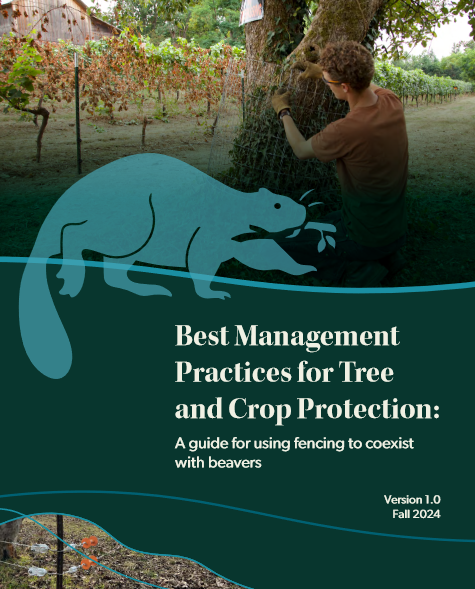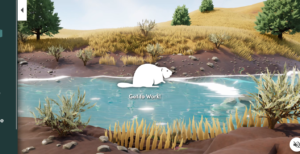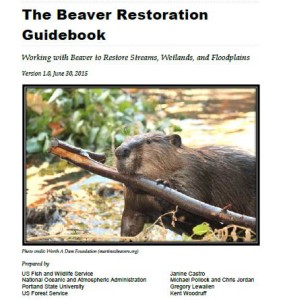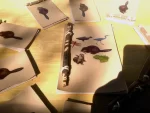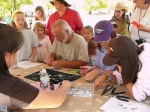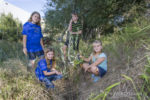Hmm our interview didn’t air yesterday so maybe in the future? Tonight we’re headed to Safari West to talk beavers to the visitors after dinner. In the mean time there is fantastic news to cover, a nice article about the plans in Napa and a potentially game changing article about groundwater laws in California.
Napa first.
Napa Flood Control: Protecting the beavers on Tulocay Creek
The beaver colony on Tulocay Creek, just off busy Soscol Avenue, has friends in high places.
A project is underway to protect the beavers so the flood control district can rebuild the creek bank to withstand erosion. This is happening as a four-story hotel is constructed on land adjacent to the beavers’ home of mud and twigs.
Nice.
A shallower pool is needed for construction workers to place rocks at the base of a 100-foot stretch of the north bank to keep it from further eroding, said Rick Thomasser, operations manager for the Napa County Flood Control and Water Conservation District.
The bank will be given a more gentle contour and strengthened with root balls and tree plantings — a “biotechnical design” — then the pond will be restored to its full depth, he said.

To pull off this bank work and still have a thriving beaver colony when it’s done requires a special person, a “beaver whisperer,” Thomasser said.
Swift is a beaver booster. He believes they can generally coexist with humans if some accommodations are made. The beaver pond on Tulocay Creek is likely home to two adults, two juveniles and two newborns, or kits, in residence, observers say.
Great description of Kevin’s skills. I’m glad the article will let people know what’s happening, because they might be shocked when they visit the pond. I just sent to Amy because I realized she might now know about it. We even get some nice quotes from our friend Rusty Cohn too.
One of the beavers’ local champions is Rusty Cohn, who has been photographing the colony for years.
Cohn said he was “a little worried” that the smaller, upstream pond will expose the beavers to too much heat. Then again, “they’re real sturdy, adaptable animals.”
Swift and Cohn both say the environmental benefits to having beavers living just off Napa’s Auto Row justify human efforts to keep them happy.
“Beavers are pretty interesting, but the wildlife they bring with them is fantastic,” Cohn said.
Rusty talking to the media! We all learn the hard way that beavers need press agents. I’m glad the article is framing it as an effort to preserve beaver habitat. I can’t help but asking does that mean if the beavers move on it’s a failure? It certainly would be to me. Fingers crossed it all works according to plan.
Okay on to the groundwater article, which I was just sent this morning.
California Groundwater Law Means Big Changes Above Ground, Too
The Sustainable Groundwater Management Act (SGMA), adopted in 2014, will change more than groundwater. The rules do not require critically overdrafted aquifers to achieve “sustainability” until 2040. But 22 years from now, once they finally get there, lives will be transformed.
City and county government leaders are starting to realize there’s a lot at stake. The landscape itself will change as groundwater extraction changes. Without careful planning, property tax revenues that fund a wide variety of essential government services could be compromised.
All but three of the 14 groundwater basins in the San Joaquin Valley are ranked as critically overdrafted. Ten others, mostly along the Central Coast, are also critically overdrafted. Several dozen more throughout the state are ranked as high or medium priority, which also face deadlines to bring their aquifers into balance, meaning extraction and replenishment are equalized.
Um, I have a suggestion.
“Everybody everywhere who is implementing SGMA is going to be thinking about how to protect areas that are good for recharge,” said Hanak. “People didn’t think about that in the past, and now they’re going to have to.”

Ooh I know! Call on me! Beaver dam credits! Landowners get credit’s for allowing beavers to build and maintain dams on their land because they’re helping recharge the water table. The more dams the more credit. Seems to make perfect sense to me.
“We need more tools in this new water world we’re in,” Oviatt said.
This new water-world may be new to California, but it’s not new to beavers. They’ve been saving water and recharging aquifers from the arid corners of Arizona to the driest parts of Oklahoma since long before any of us were had crossed the landbridge.

They can do this. If we can let them.
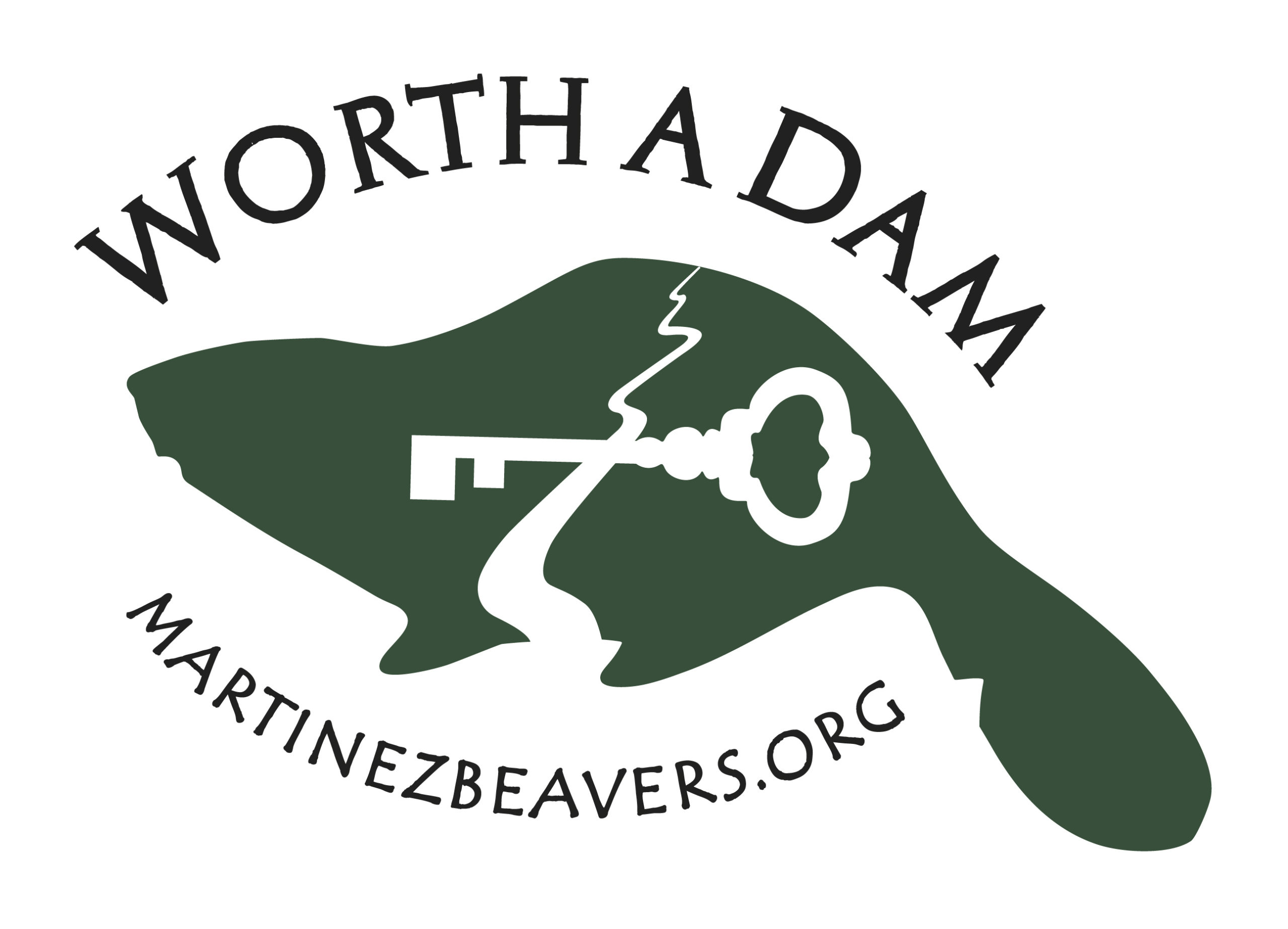

 Betty Ford Alpine Gardens will be presenting Beaver Habits and Habitats, an intimate evening with Sherri Tippie on Thursday, Aug. 9, from 5:30 to 7 p.m. at the Education Center in Vail.
Betty Ford Alpine Gardens will be presenting Beaver Habits and Habitats, an intimate evening with Sherri Tippie on Thursday, Aug. 9, from 5:30 to 7 p.m. at the Education Center in Vail.
 In some respects, the South American beaver narrative is a familiar one: Humans introduce nonnative species; nonnative species wreak havoc; humans futilely attempt to erase their error. Yet the beaver story is more interesting — for, befitting a keystone species, the rodent takeover has produced winners as well as losers. Research suggests that beavers have
In some respects, the South American beaver narrative is a familiar one: Humans introduce nonnative species; nonnative species wreak havoc; humans futilely attempt to erase their error. Yet the beaver story is more interesting — for, befitting a keystone species, the rodent takeover has produced winners as well as losers. Research suggests that beavers have 
 You obviously know a lot of things about beavers already. But did you know there was a mongolian beaver? Mongolia is sandwiched between Russia and China, and one of the least densely populated countries in the world. Fully 30 percent of its people are still considered ‘nomadic’. Sure enough there is place for beavers in the Tuul River and they’ve been reintroduced numerous times but never quite ‘took’. Well they’re trying again with another 50 pairs.
You obviously know a lot of things about beavers already. But did you know there was a mongolian beaver? Mongolia is sandwiched between Russia and China, and one of the least densely populated countries in the world. Fully 30 percent of its people are still considered ‘nomadic’. Sure enough there is place for beavers in the Tuul River and they’ve been reintroduced numerous times but never quite ‘took’. Well they’re trying again with another 50 pairs. Can saving an endangered fish help heal some of California’s regional water woes?
Can saving an endangered fish help heal some of California’s regional water woes?
 Am I a zealot?
Am I a zealot?


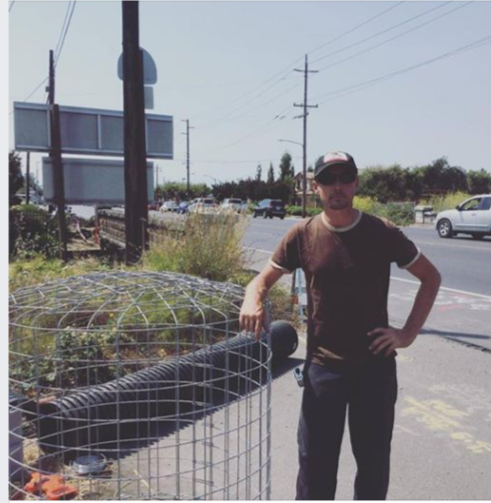
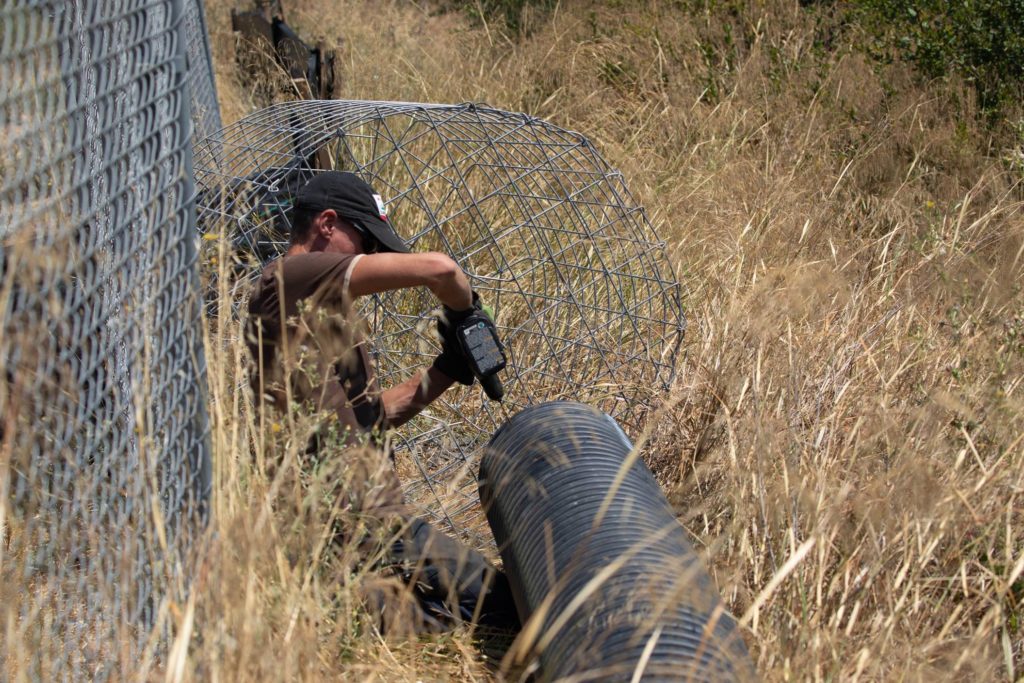
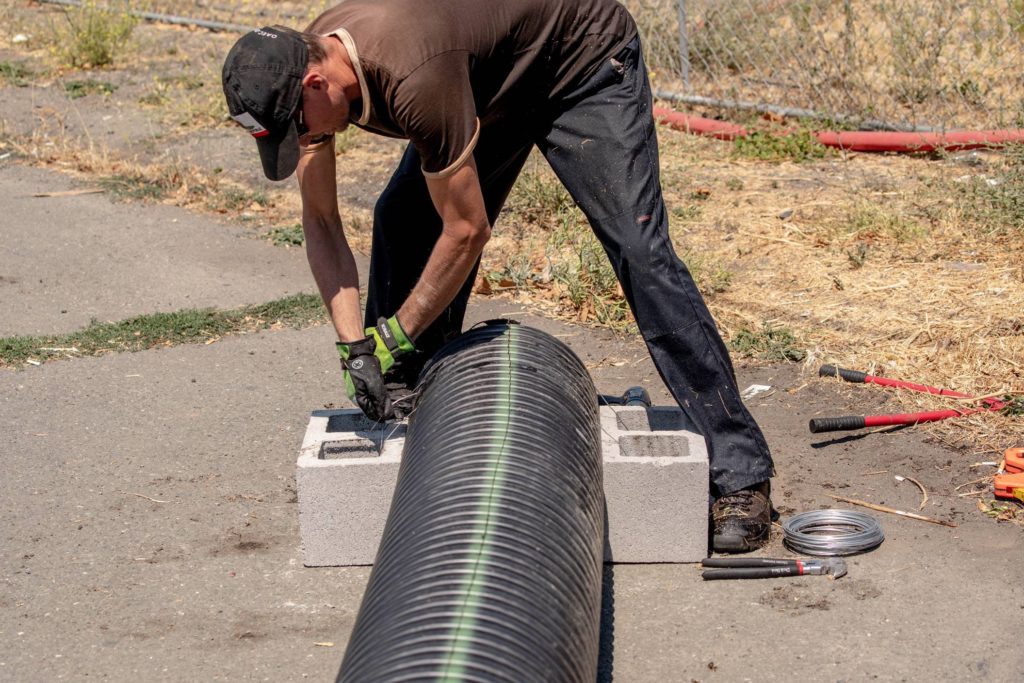
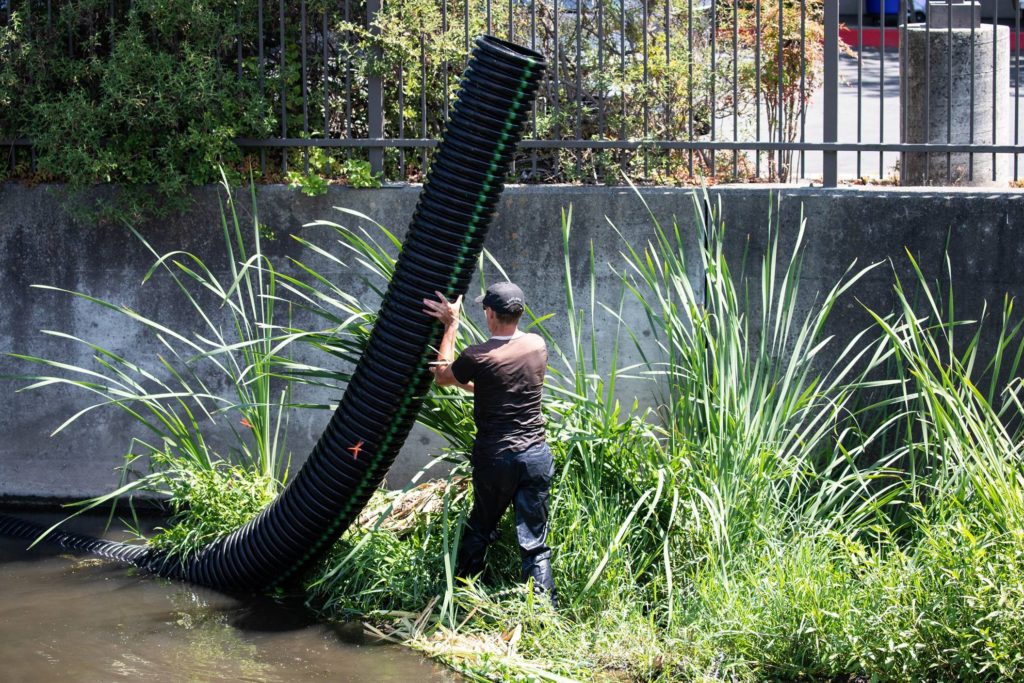
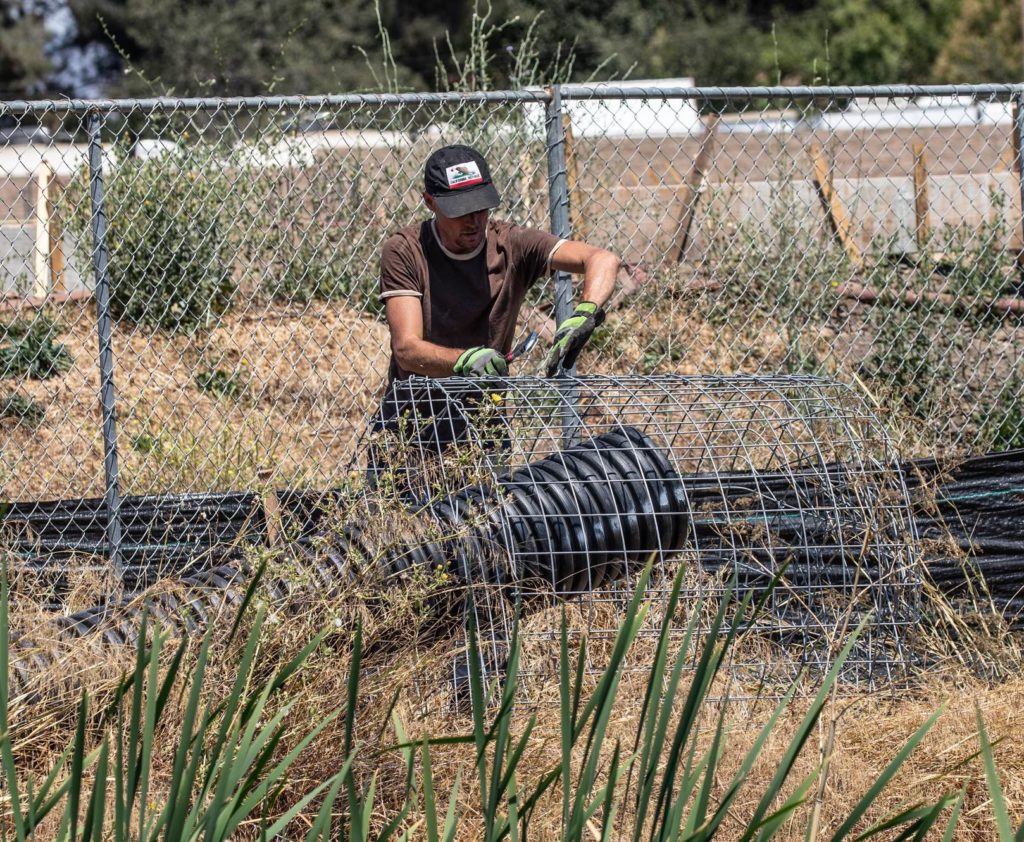
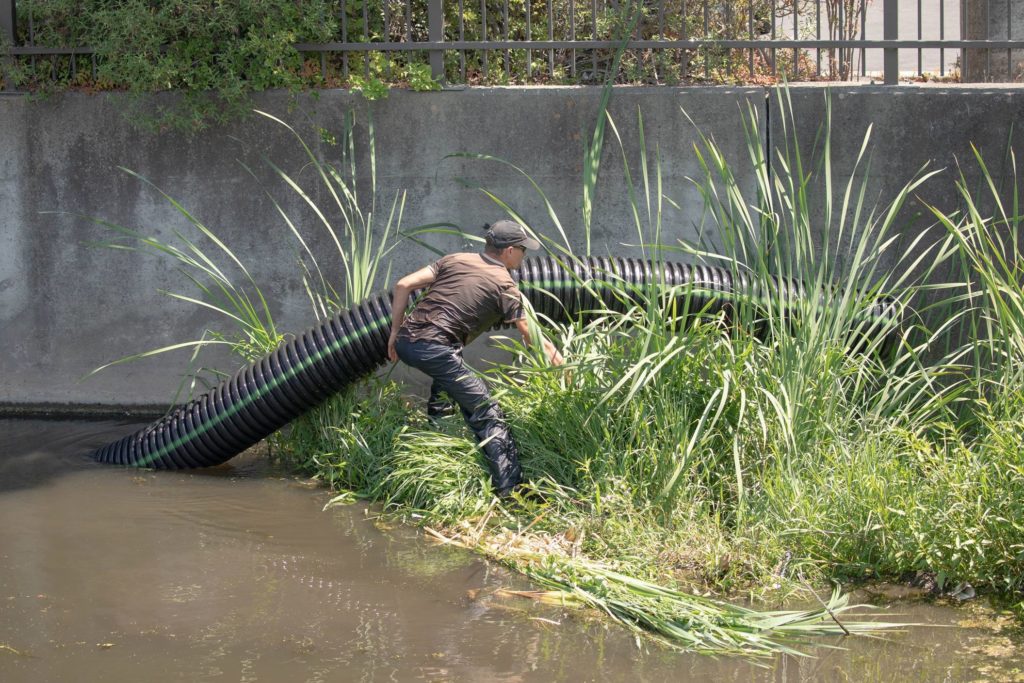
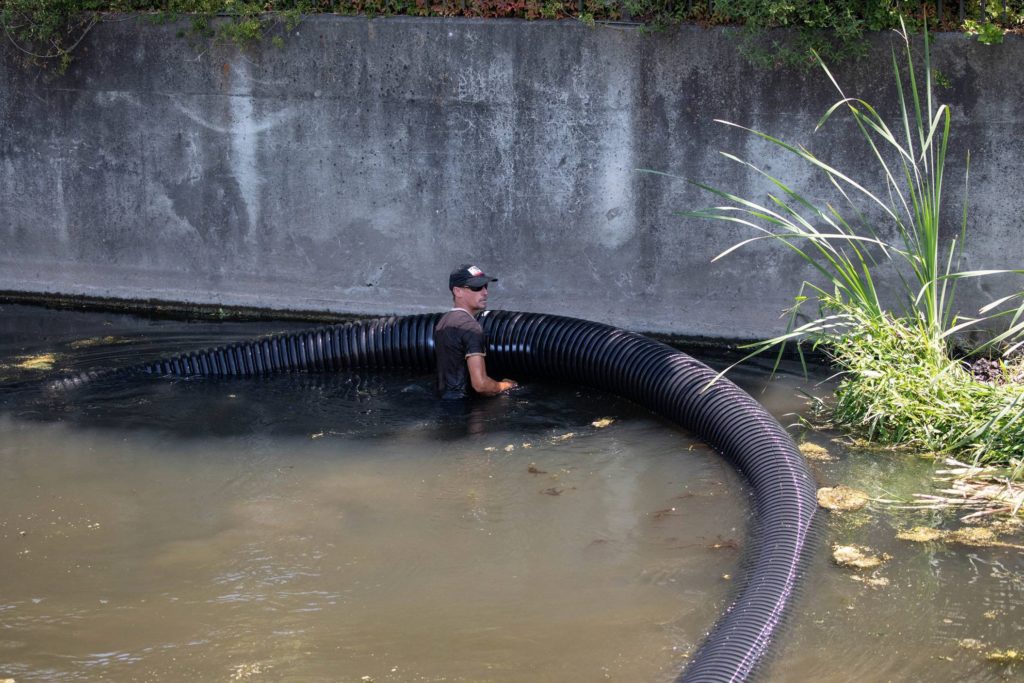
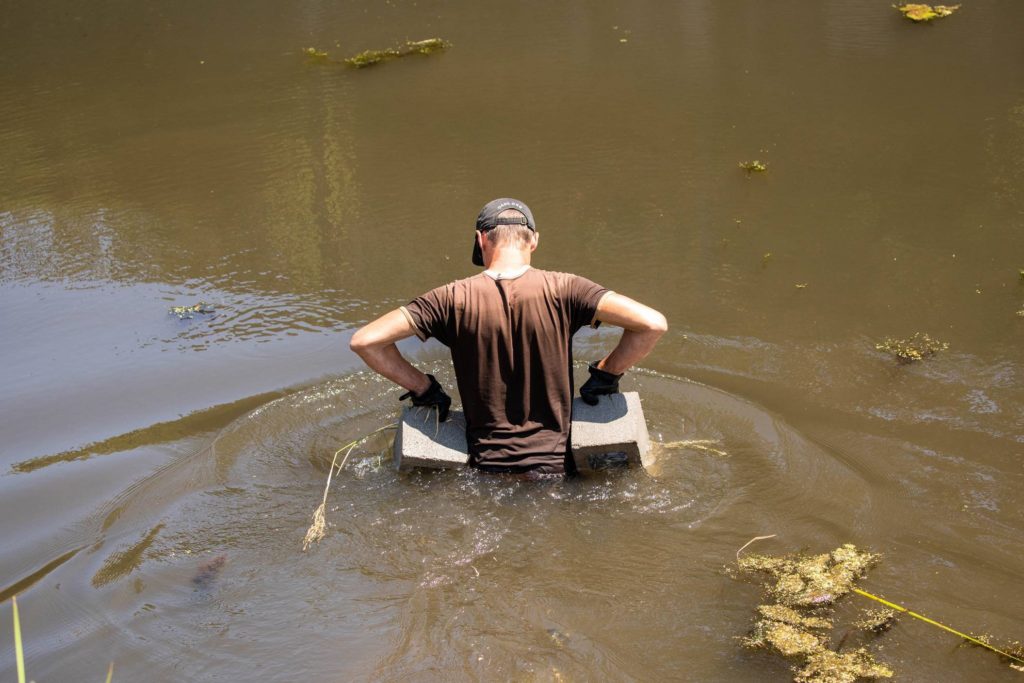
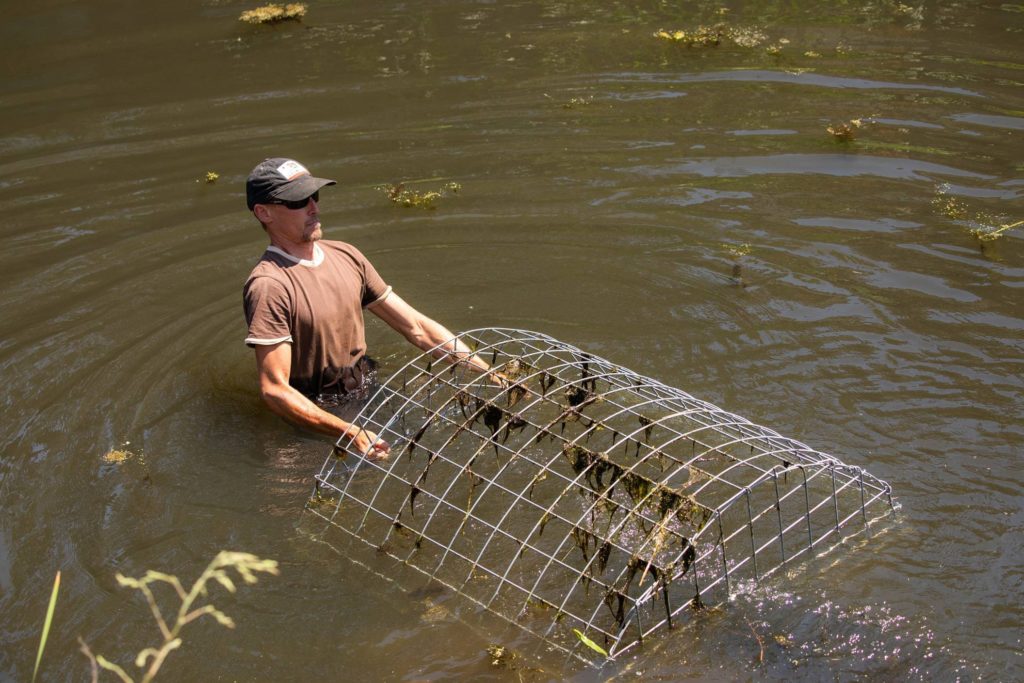
 I guess this means the beavers can stay even when they build that new hotel. I’m sure we need to thank
I guess this means the beavers can stay even when they build that new hotel. I’m sure we need to thank 


